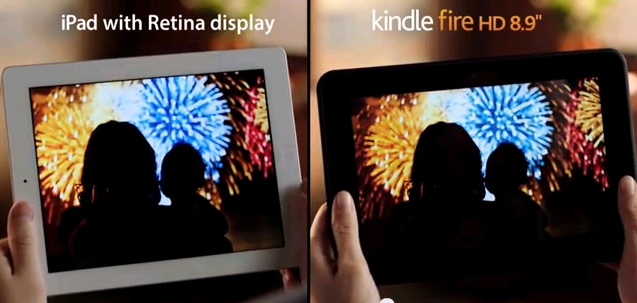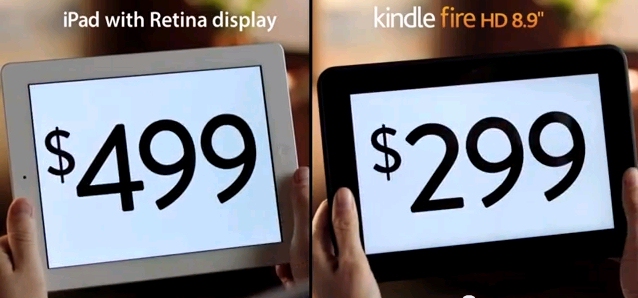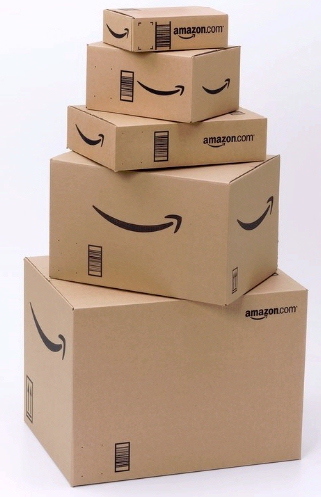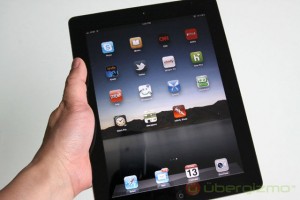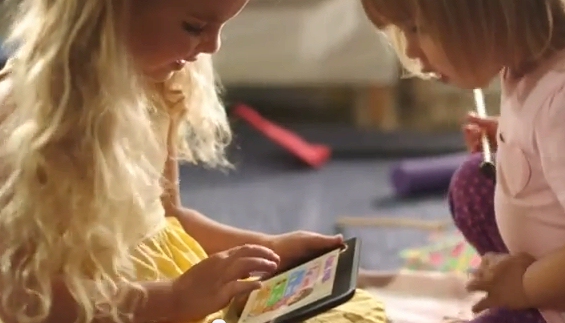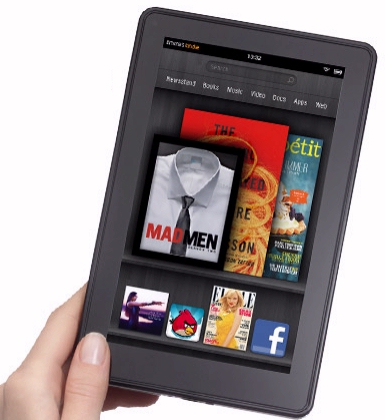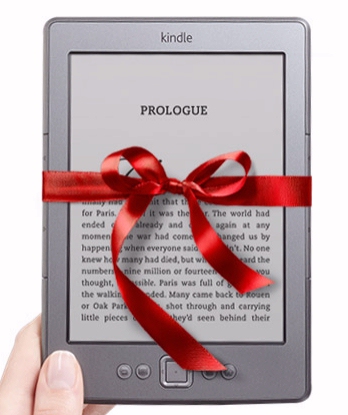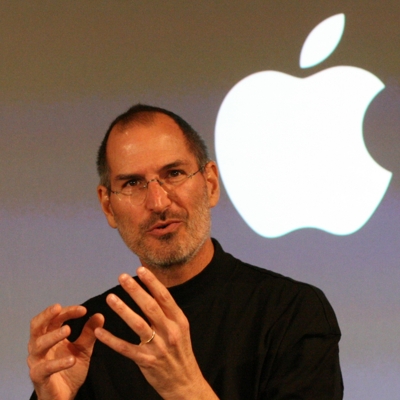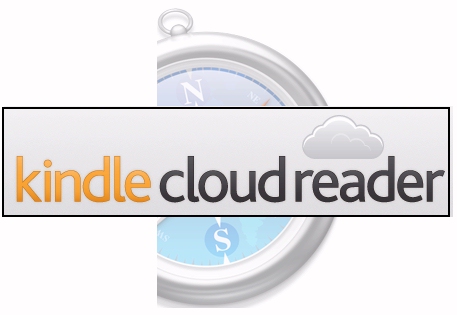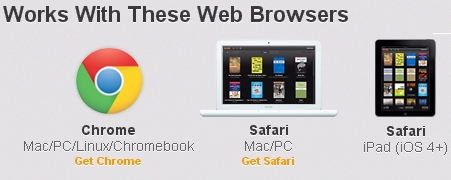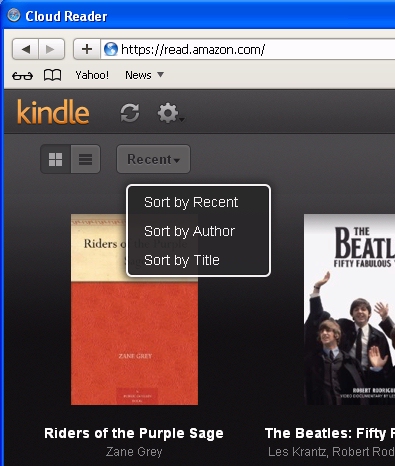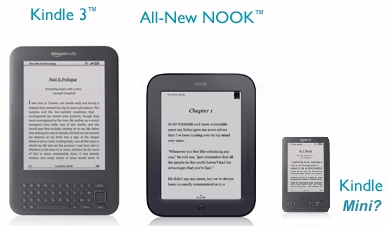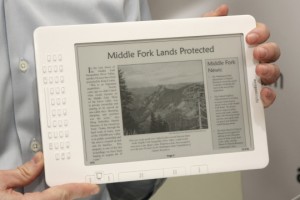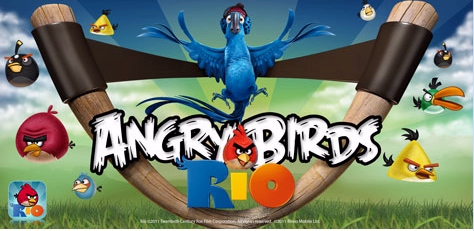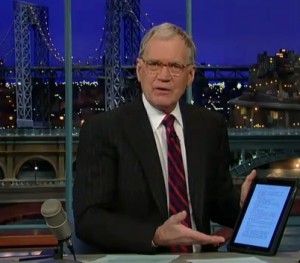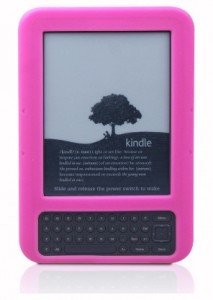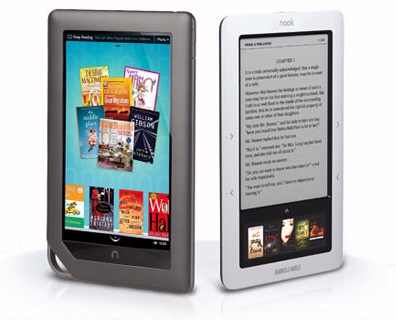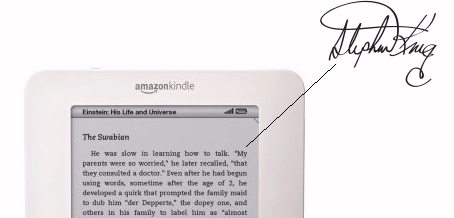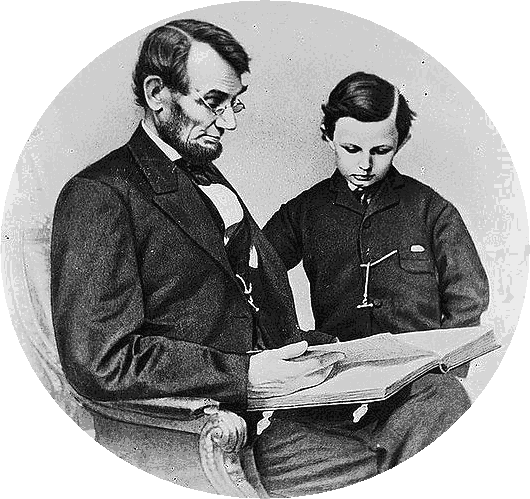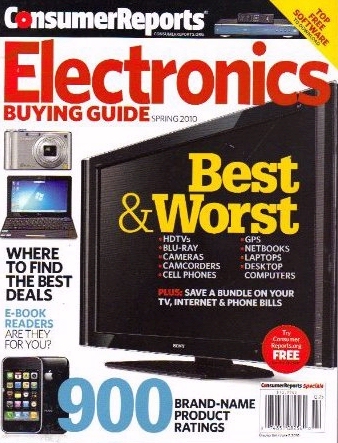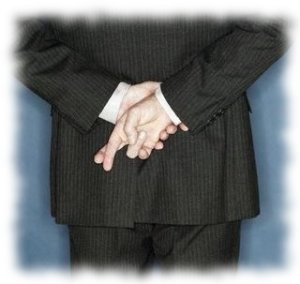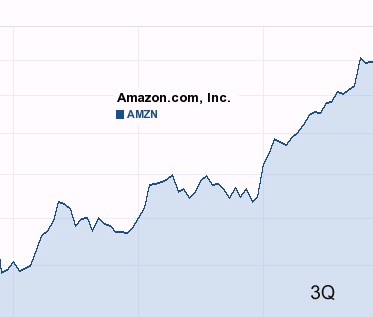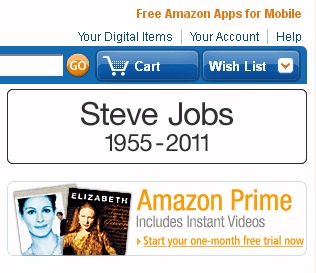
Today Amazon posted a memorial to Steve Jobs on the front page of Amazon.com. It read simply: Steve Jobs 1955 – 2011. When you clicked on the link, it went to Apple.com, which had posted the same words beside a picture of their co-founder.
All across the web today, people are remembering the man who helped change their lives. I sat down to write about Steve Jobs on my desktop computer — and realized that he’d actually helped invent the desktop computer. It’s a legend in Silicon Valley that’s probably worth remembering today. 35 years ago, at the age of 21, he’d teamed up with Steve Wozniak to sell home-built personal computers from Jobs’ garage.
Jobs didn’t design those first computers, but his personality helped launch the personal computer revolution. When he was 29 years old, he’d tried to lure Pepsi’s senior vice president of marketing to Apple. Unfortunately, the VP had already decided against accepting Jobs’ offer before he’d even sat down for their lunch. But he’d changed his mind after hearing a speech from the passionate young visionary. Jobs argued, “Do you want to sell sugar water for the rest of your life, or do you want to come with me and change the world?”
Most people know the highlights of Jobs’ life. (That year was 1983, and the next year Apple would release their legendary Super Bowl commercial arguing that the new Macintosh computers would show people “why 1984 won’t be like [George Orwell’s] 1984.”) But by building Apple into a successful brand, Apple helped legitimize personal computers, proving there’s a market for “consumer technology.” And under Jobs’ leadership, they proved it again two decades later with new mobile products, which ultimately helped to pave the way for Amazon’s Kindle.
Today even my friends who use a PC are still sharing fond and grateful thoughts — along with nearly everybody else — and you can see signs everywhere of an almost global response. The best-selling book today on Amazon is Steve Jobs — a yet-to-be released biography by Walter Isaacson (a former CNN chairman and the managing editor of Time magazine). It’s also the third best-selling ebook in Amazon’s Kindle Store (and, presumably, it will also be available in Apple’s iBookStore.) Today the founder of Facebook even posted a personal statement about Steve. “Thanks for showing that what you build can change the world.” And 355,835 Facebook users clicked the “Like” icon to show they agreed.
In fact all across Facebook, nearly all my friends were posting their own reaction. “I tend to think of him as ‘Uncle Steve’,” wrote a friend of mine who worked at Pixar. “That is what at lot of us called him at Pixar while I was there, because Uncle Steve took care of us. And when I did see him around Pixar, more often than not he was smiling and seemed happy… Good job Uncle Steve.” My friend Tom — a motorcycling enthusiast — shared one of his favorite photos of Jobs riding a motorcycle. “Ride on, Steve,” Tom posted. “You’ll be missed…”
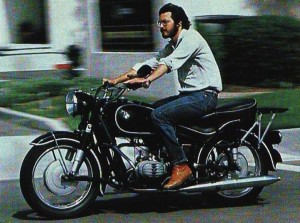
But there’s a forgotten legend about Jobs — the “wilderness” period between 1985 and 1997 when he’d parted ways with Apple to start his own computer company. “Don’t let the noise of others’ opinions drown out your own inner voice,” Jobs once said. “And most important, have the courage to follow your heart and intuition. They somehow already know what you truly want to become. Everything else is secondary.â€
Job was determined to import the “garage start-up” feel to his new company, Next Computer. “He abandoned conventional corporate structures, instead making a ‘community’ with ‘members’ instead of employees,” remembers Wikipedia. Besides the open floor plans, everyone received exactly the same salary when they started — with regular raises and performance reviews — and “to foster openness, all employees had full access to the payroll.” Everyone at Next was paid a month in advance, and in one building the company even hosted temporary art exhibitions using an in-house curator!
Jobs later said his time outside of Apple was the best thing that happened to him — “The heaviness of being successful…replaced by the lightness of being a beginner again, less sure about everything. It freed me to enter one of the most creative periods of my life.” If you ask a geek, they’ll tell you that Next Computer helped to popularize the “object-oriented programming” style of designing software which has since become an industry standard. But in the popular imagination, it’s Jobs’ excited ambition that you think of when you imagine the head of a cutting-edge technology company.
He gave good tradeshow, I told my girlfriend — and of course, Mac enthusiasts fondly remember Jobs’ return to Apple. Much of the technology developed at Next found its way into Apple’s computers, and
Apple’s sales increased as the company introduced a series of new devices like the iMac, the iPod, and the iPhone. Just yesterday morning I’d been writing a post about how Apple would respond to Amazon’s new Kindle Fire tablet. But the truth is, Jobs had been thinking about the answer for at least 15 years.
I believe Steve Jobs recognized that desktop computers were just the “first generation” of devices. If there’s a pattern after his return to Apple, it’s a focus on smaller and smaller devices. Jobs recognized that technology was going mobile, and was already positioning his company for the future. “Don’t you see what’s happening?” argues one technology site. “PC’s are 1990, man! Handheld devices are approaching the processing power of PCs – and everyone has at least one… It’s like Microsoft just cornered the market on Univacs.” And by 2007, Apple was already selling just as much recorded music as the entire chain of Target stores — and more recorded music than Amazon.
Today on Facebook, my friend Joab shared his favorite comment from the technology web site, Slashdot. “Bill Gates put a computer on every desk; Steve Jobs put a computer in every pocket, and in every purse.”
One of the most moving photos I saw today showed a San Francisco memorial service where a mourner held a picture of Steve Jobs…on their iPhone.
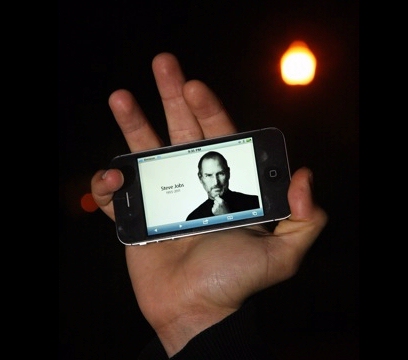
And my friend Jonathan posted a link to a new memorial in Boston. “Being the richest man in the cemetery doesn’t matter to me…” reads the inscribed quote from Jobs himself. “Going to bed at night saying we’ve done something wonderful…that’s what matters to me.”
